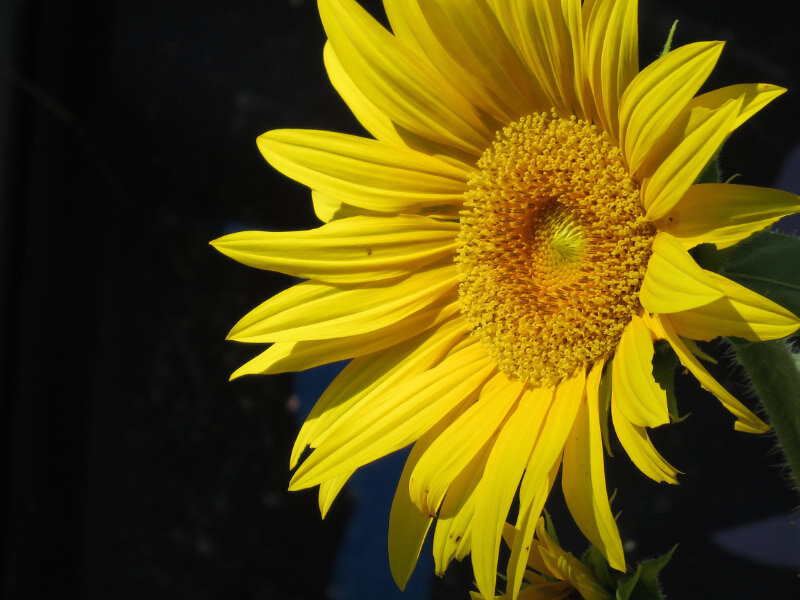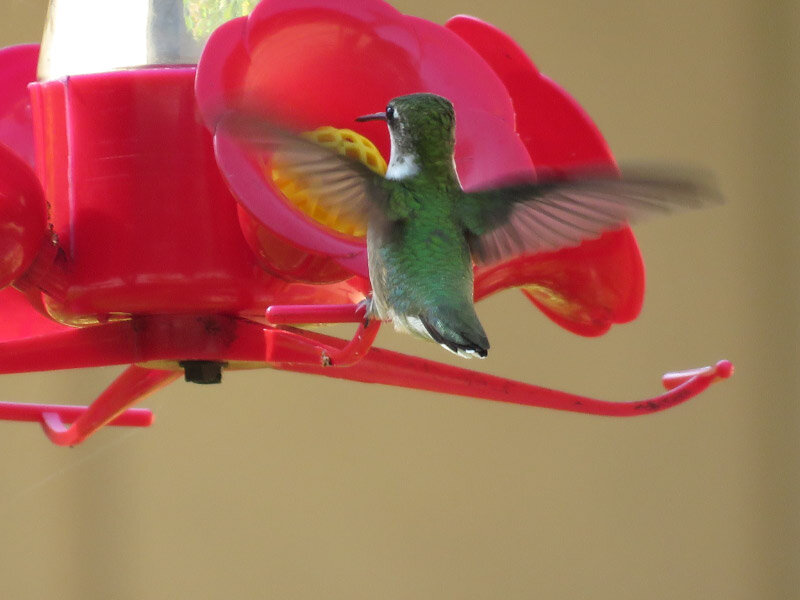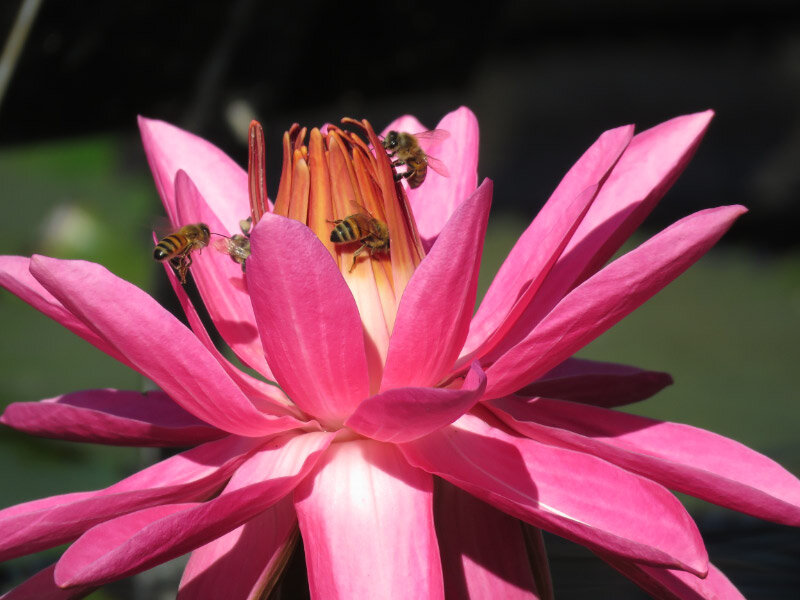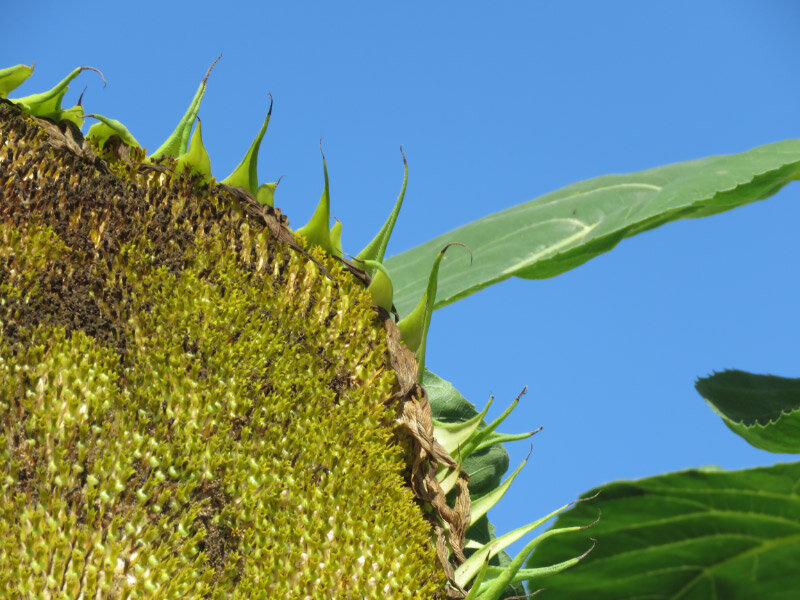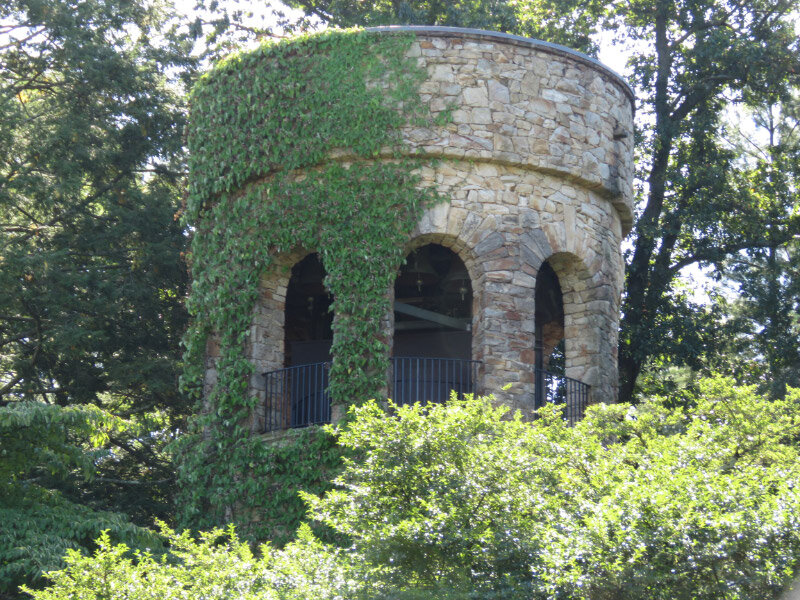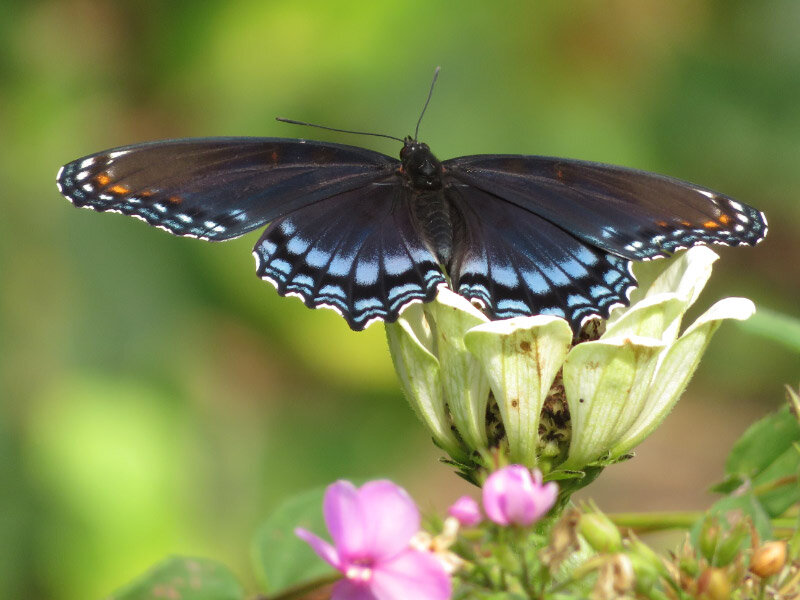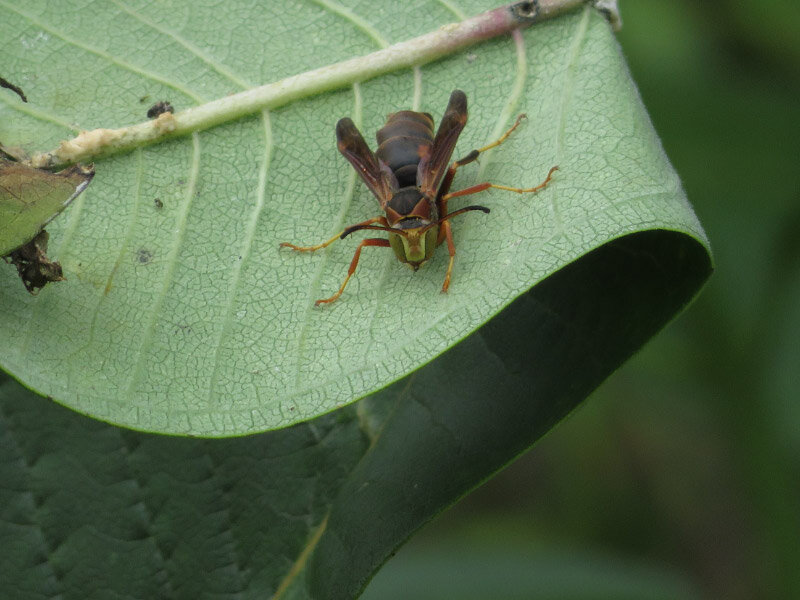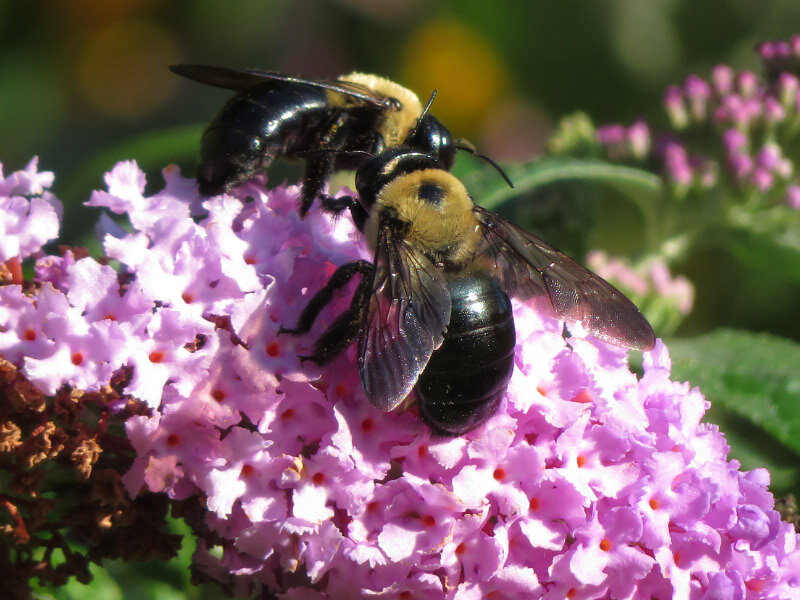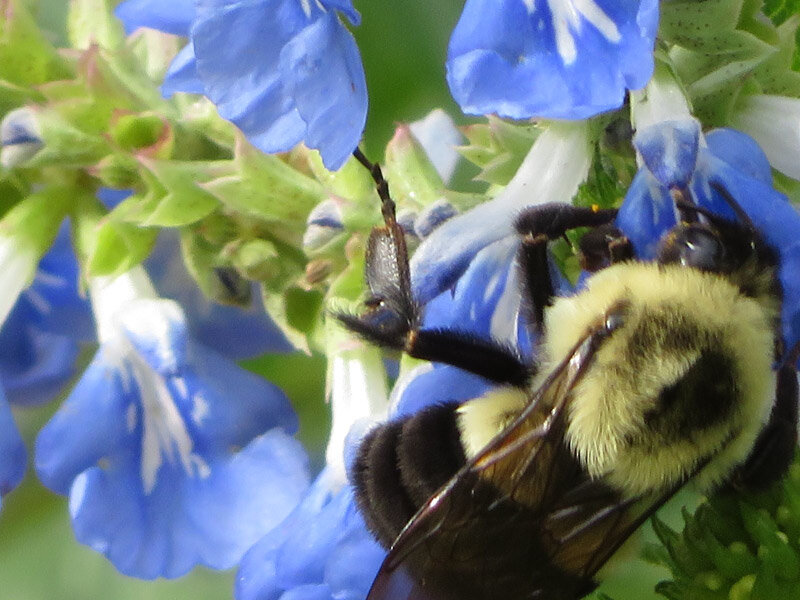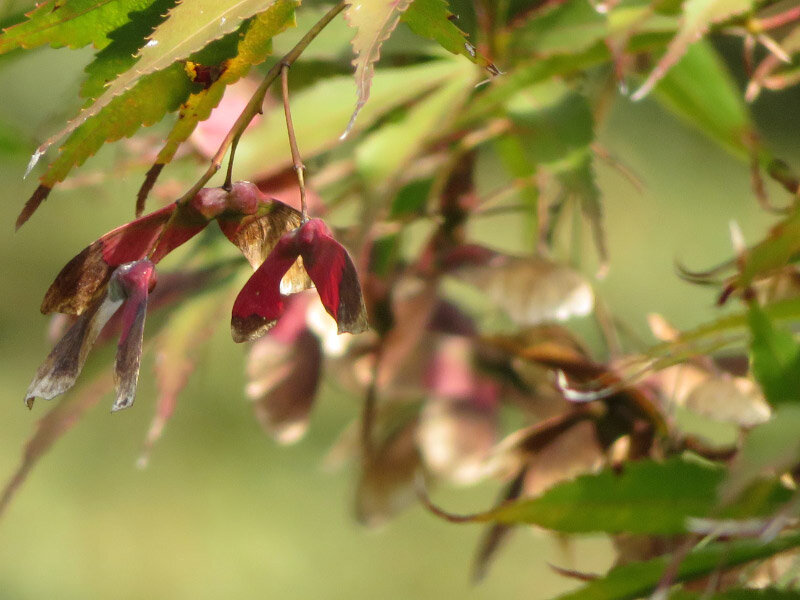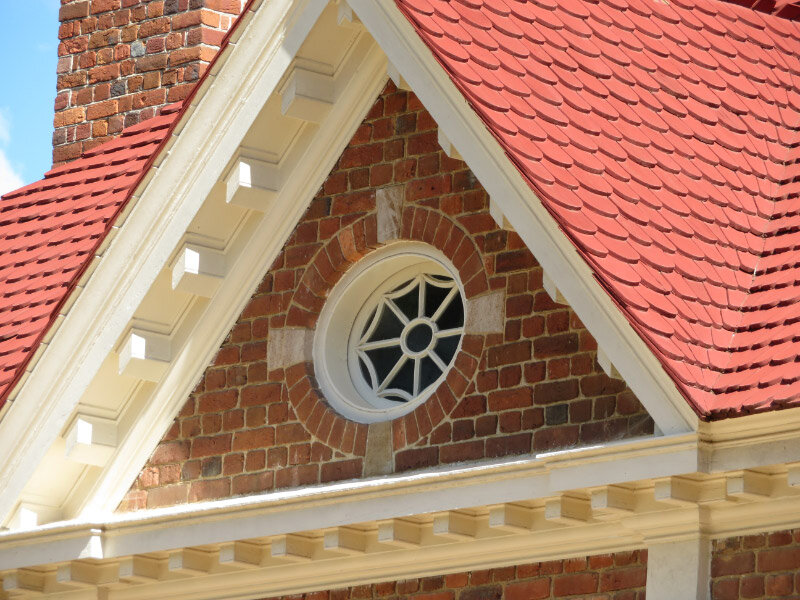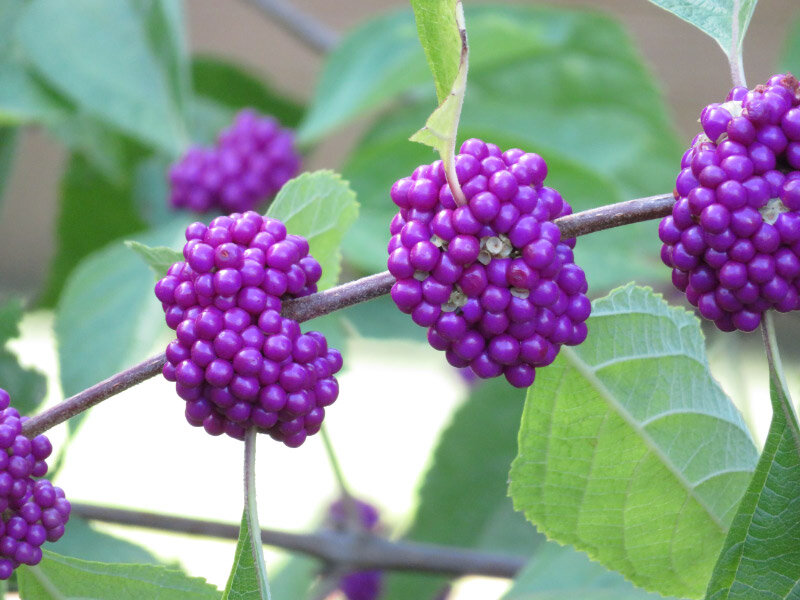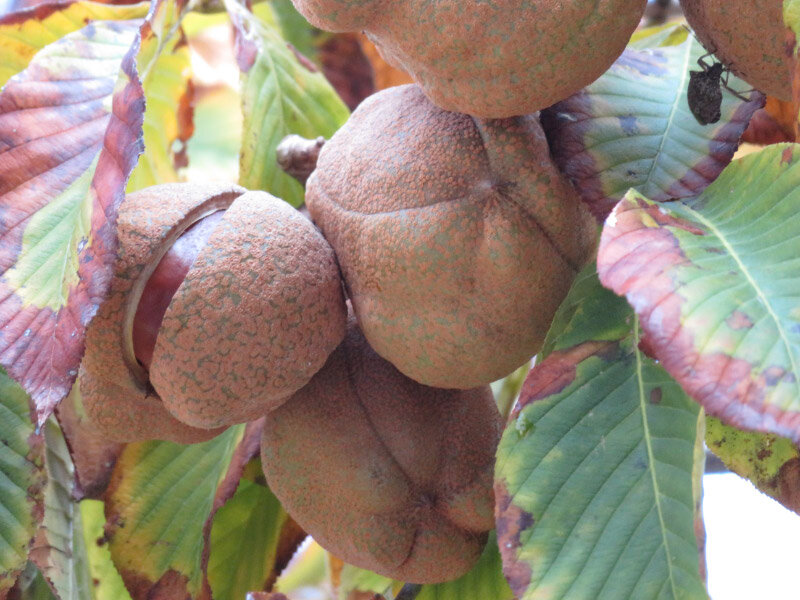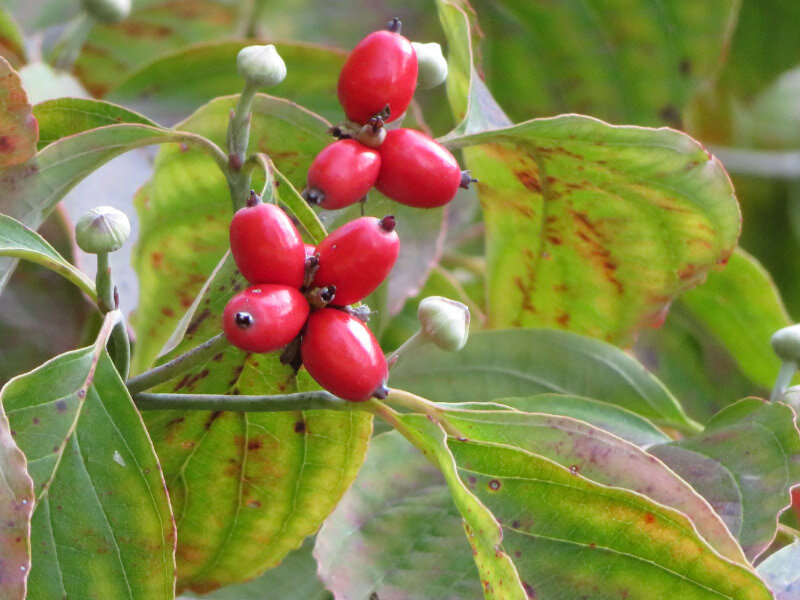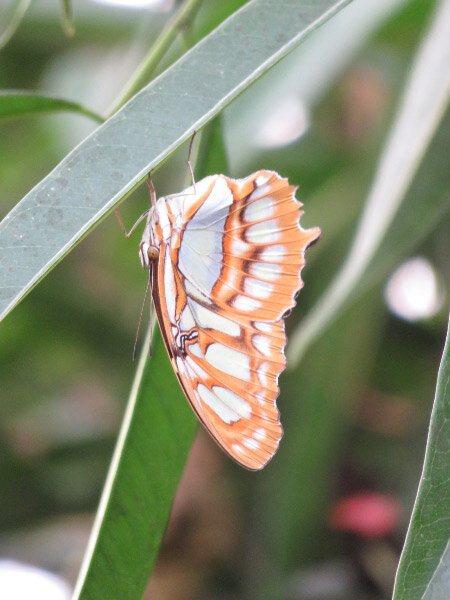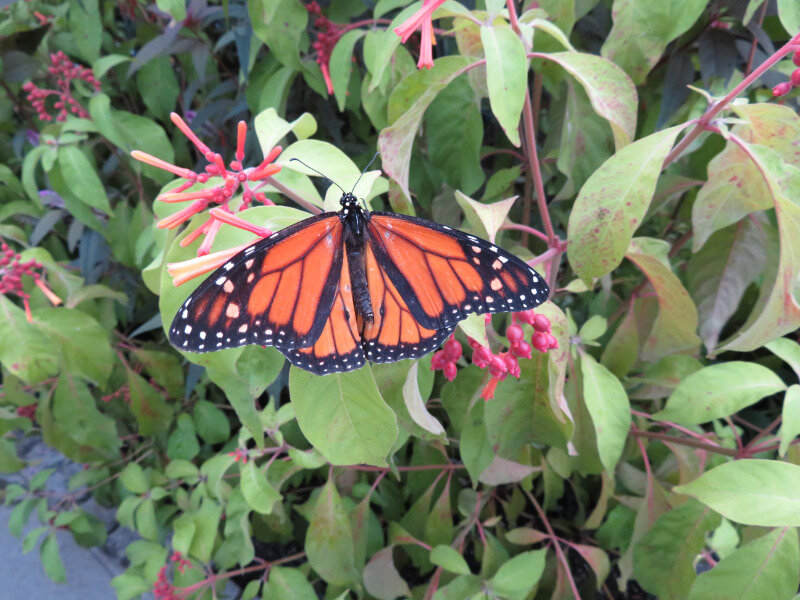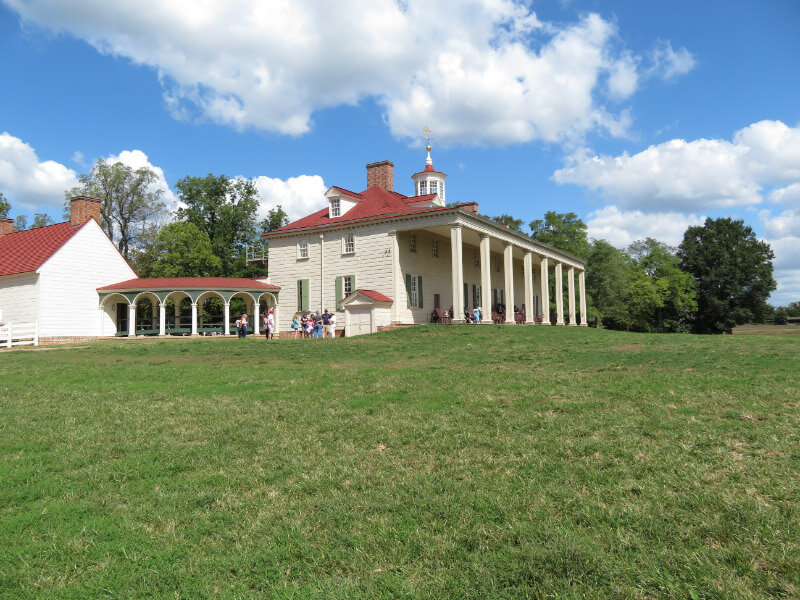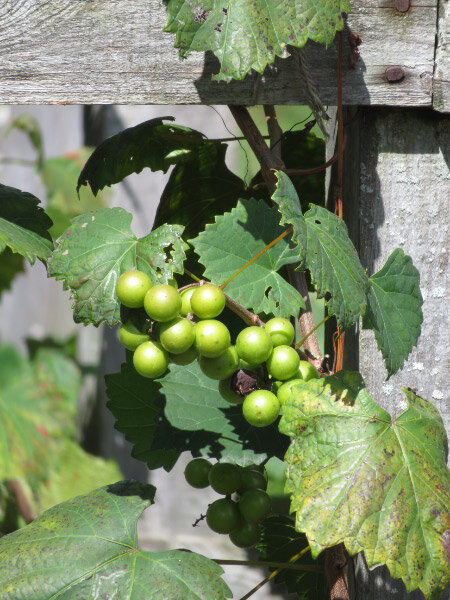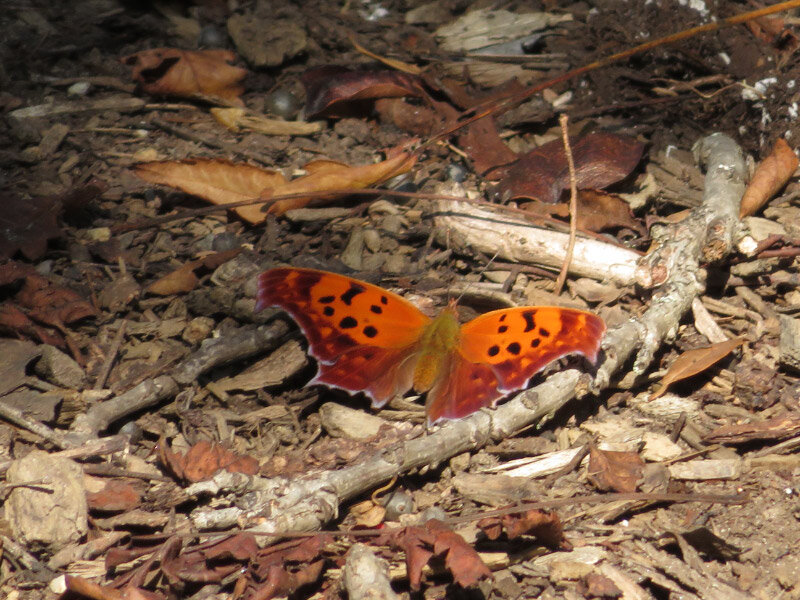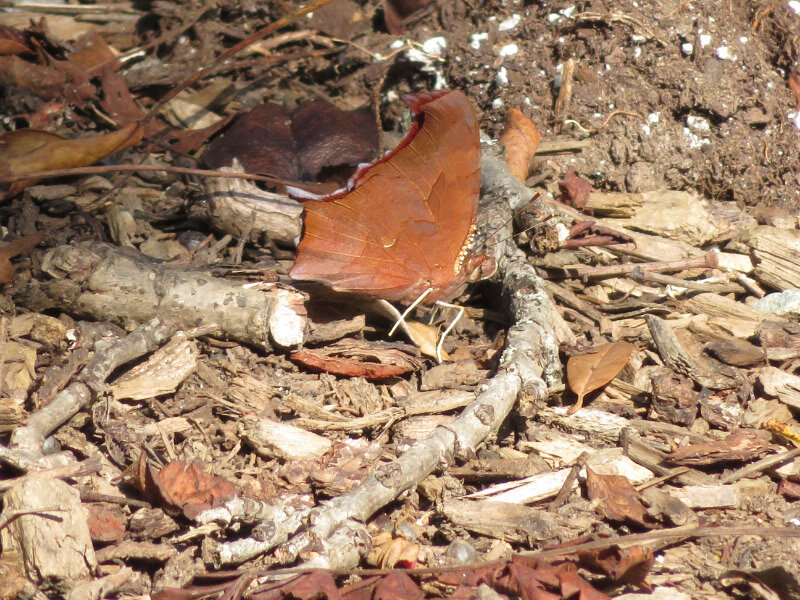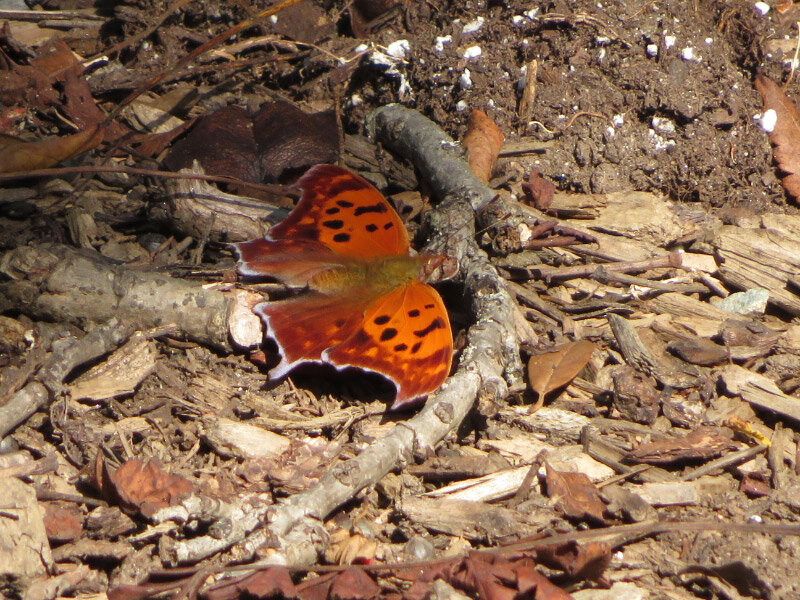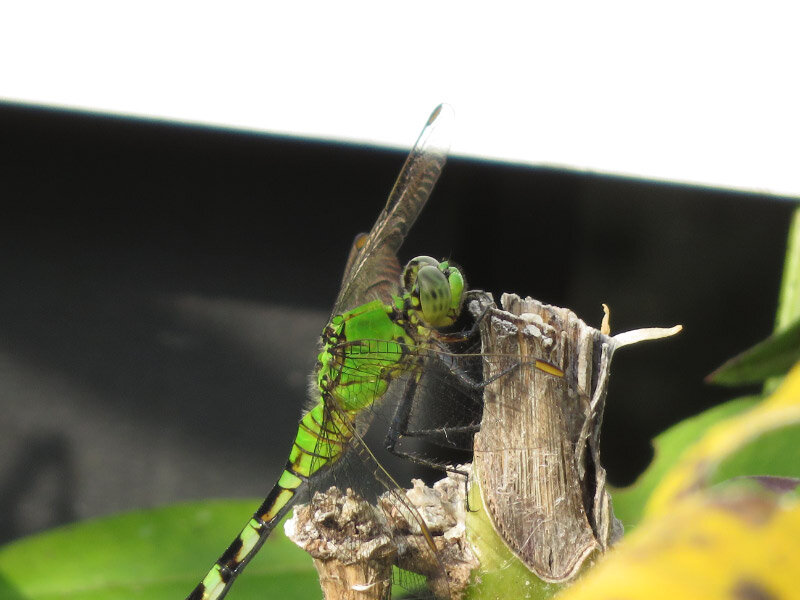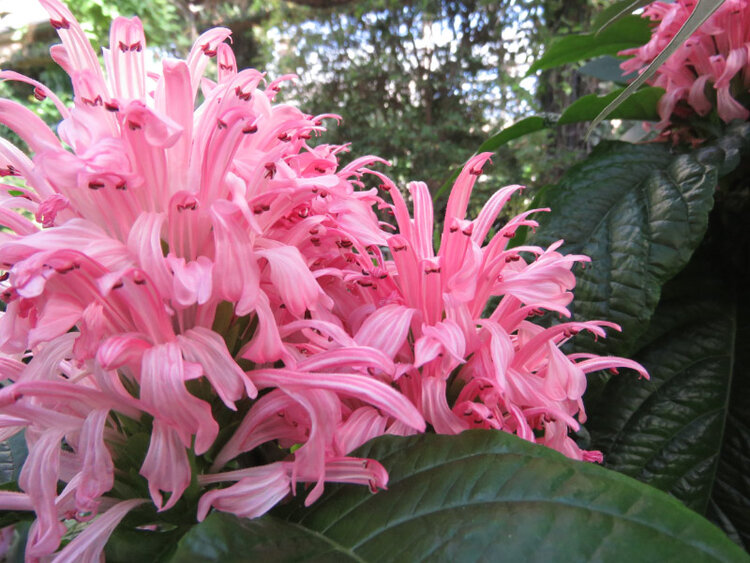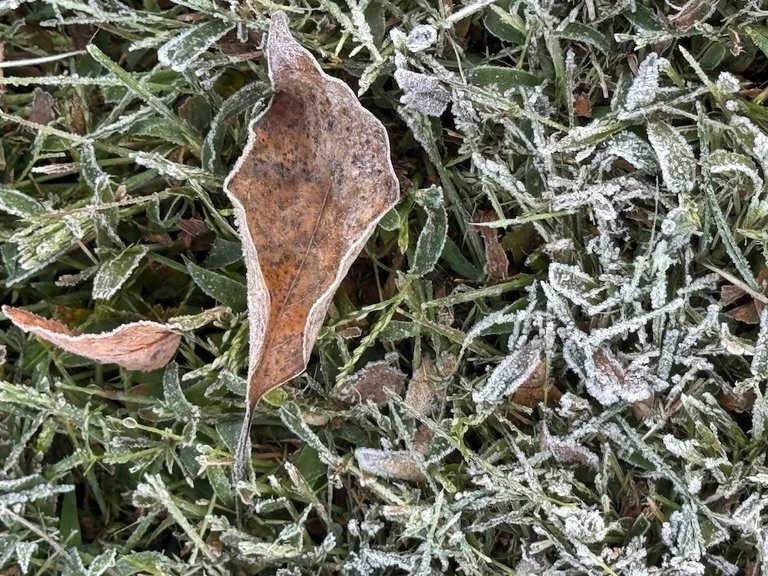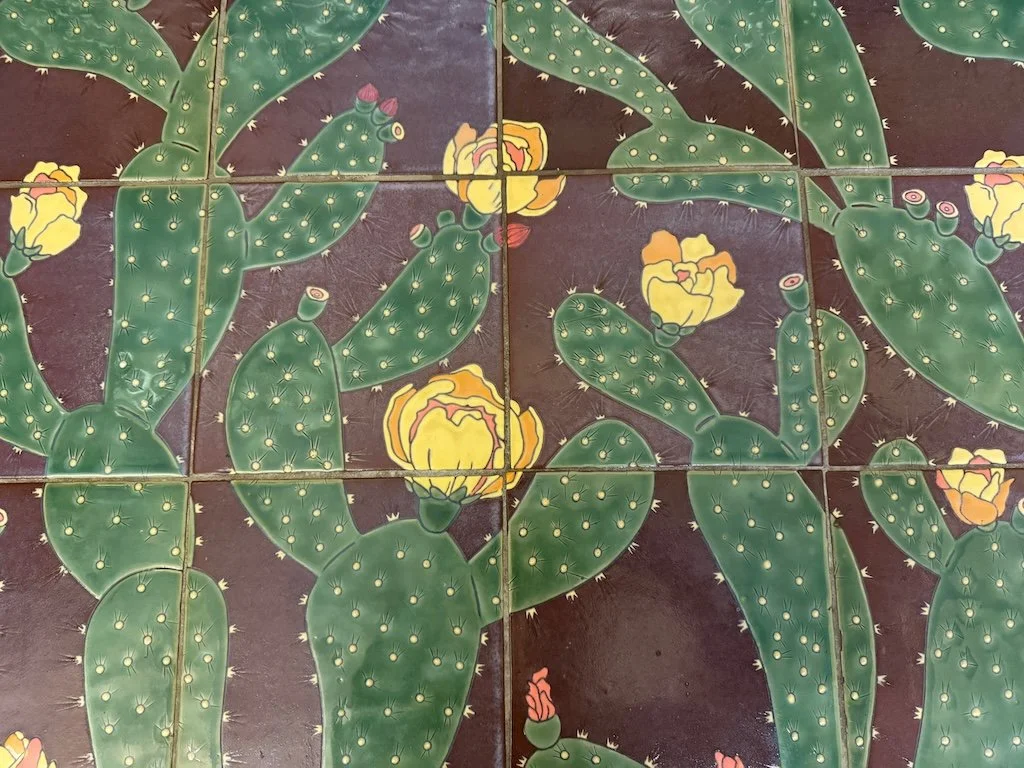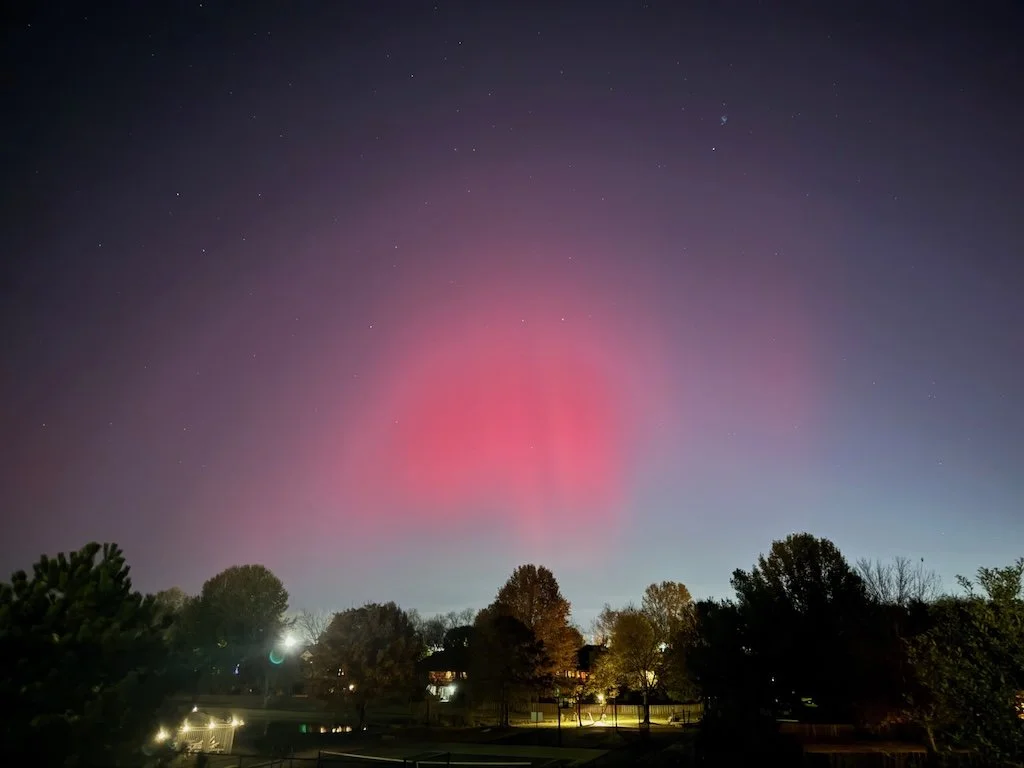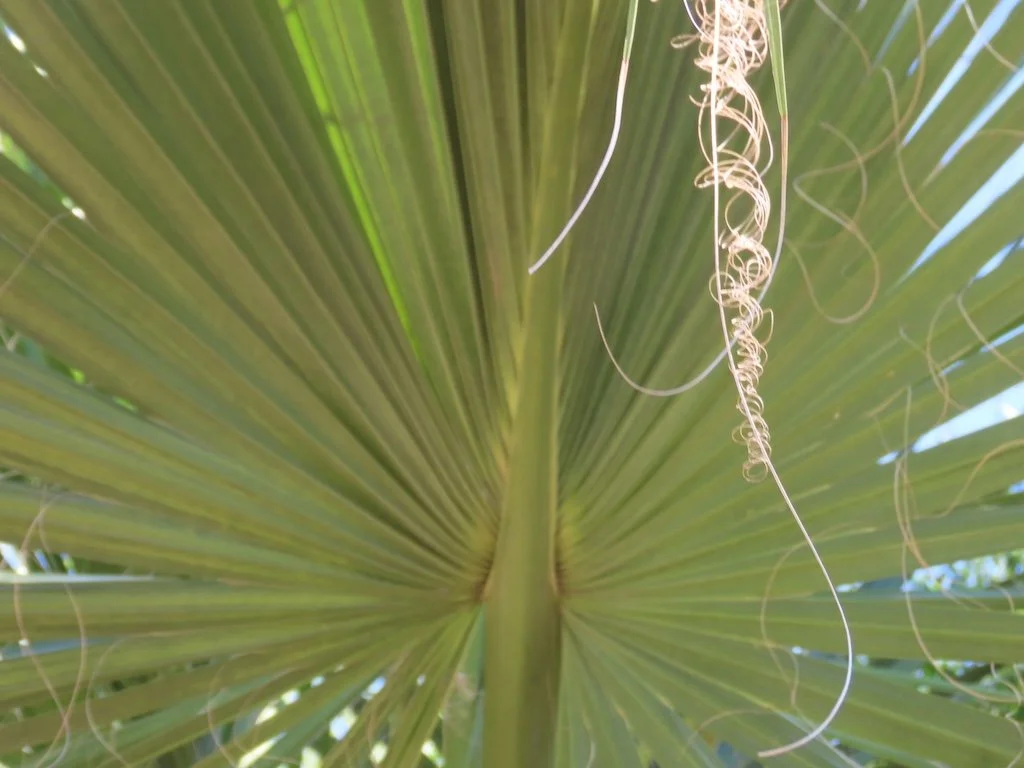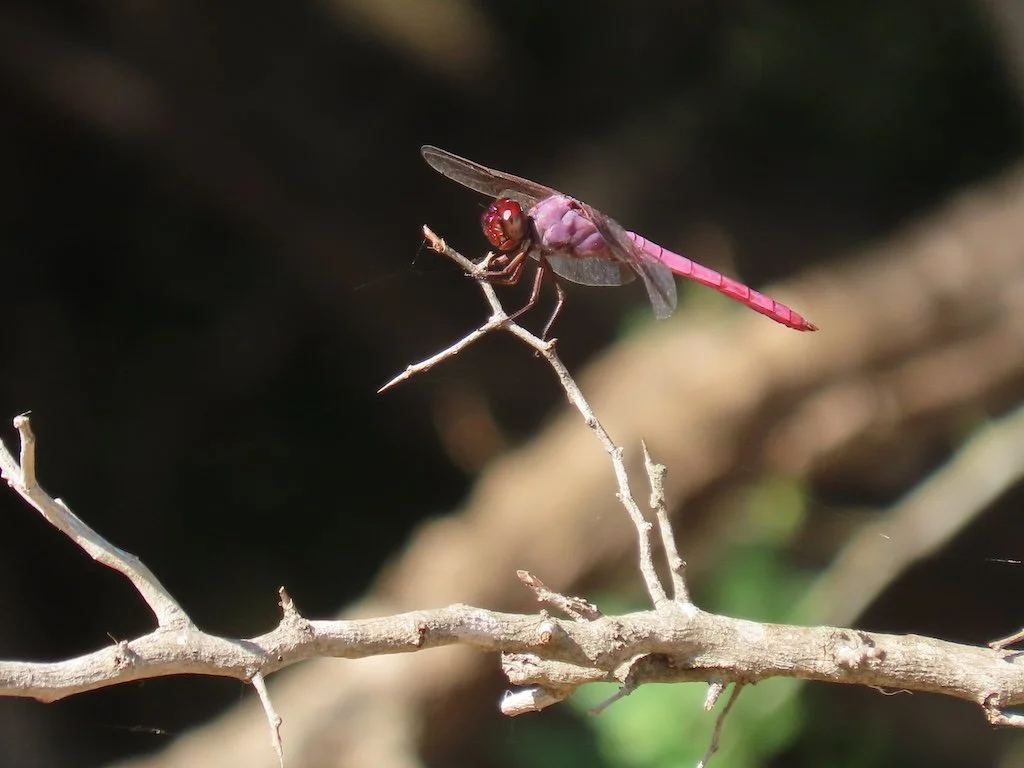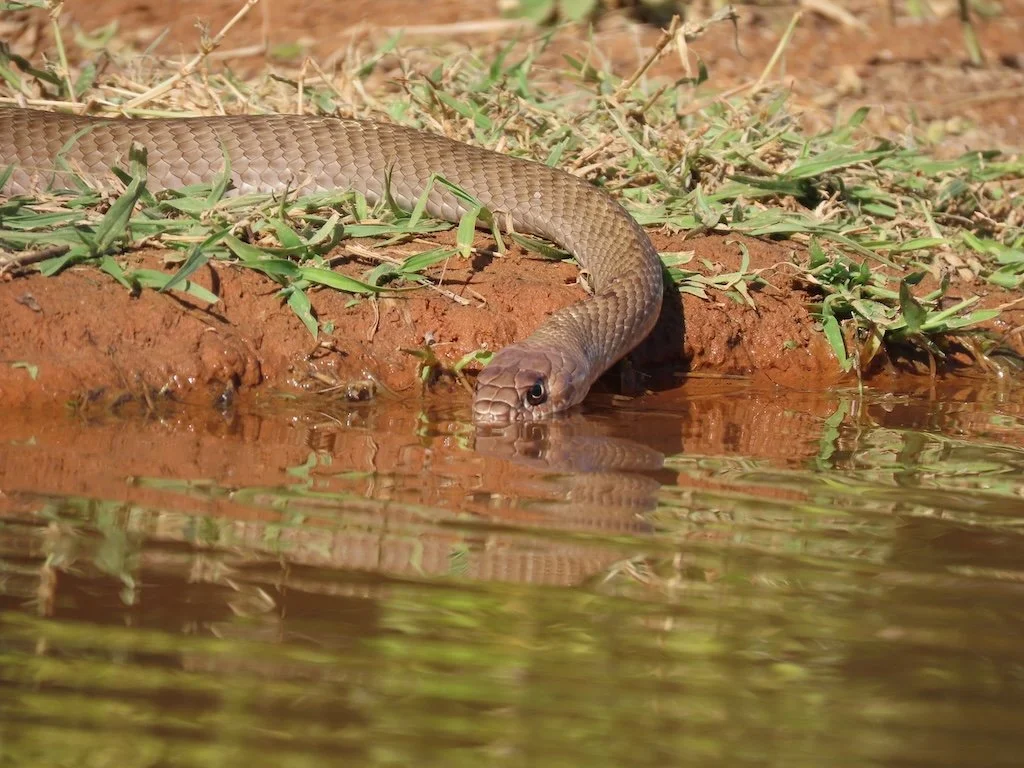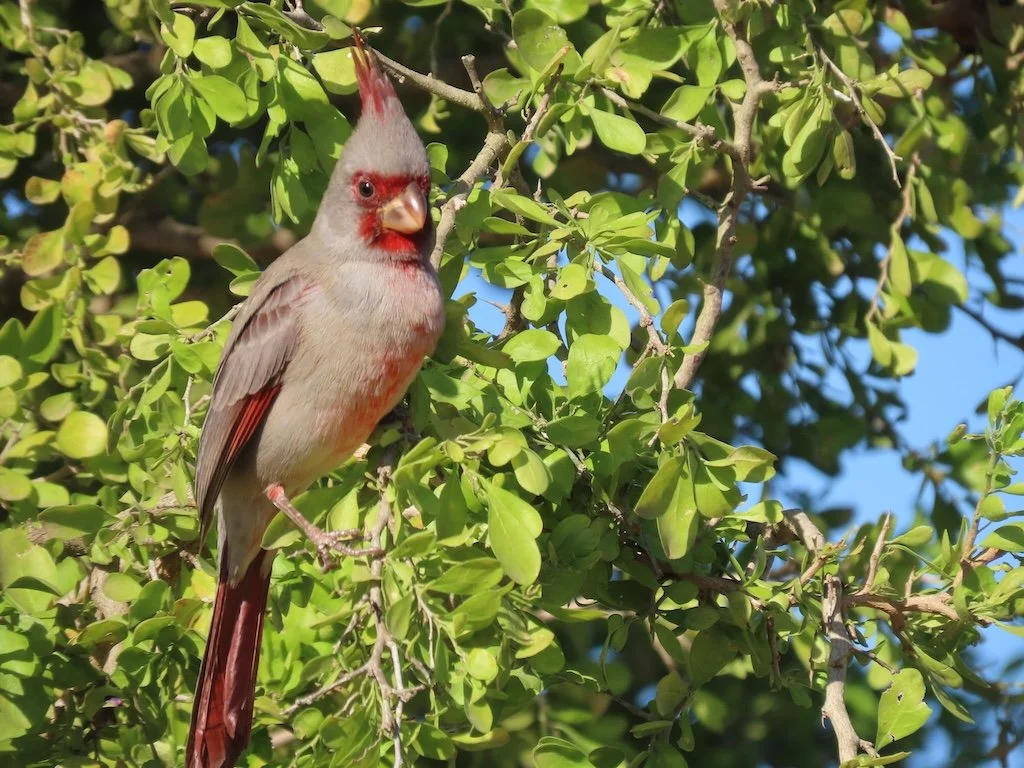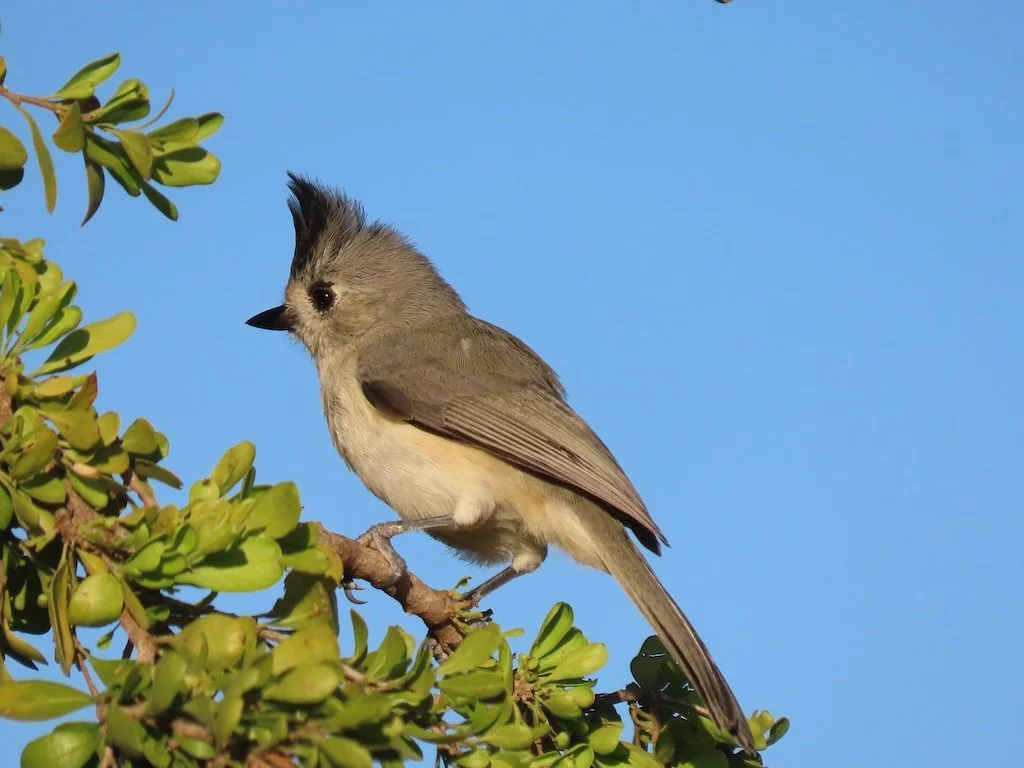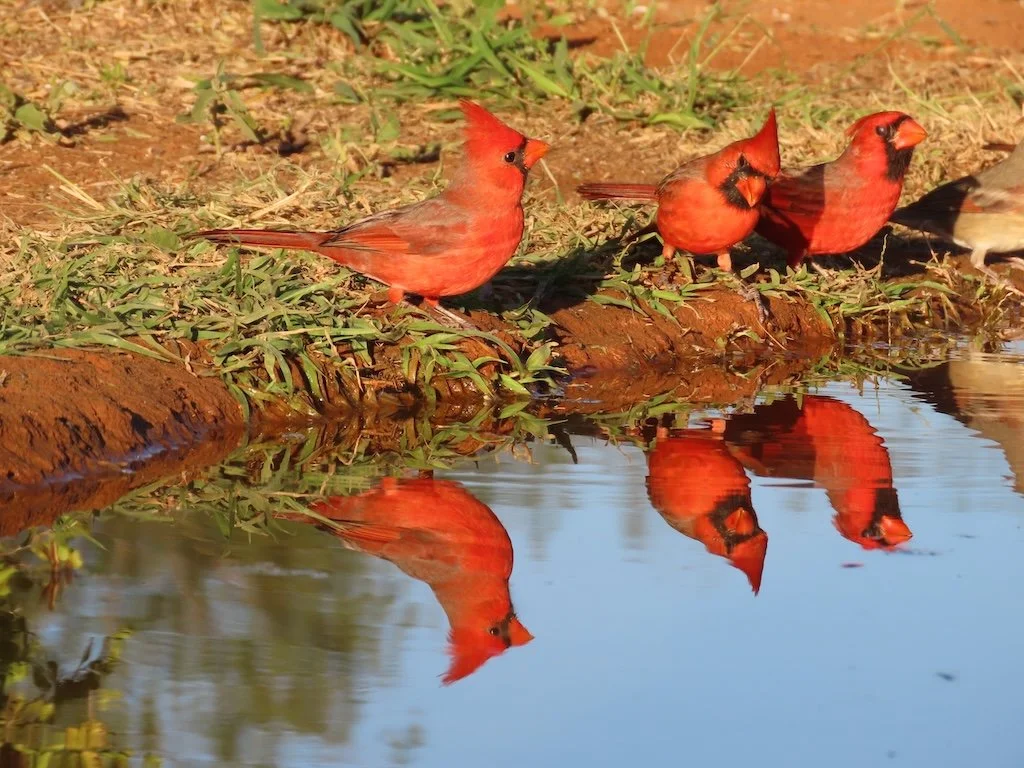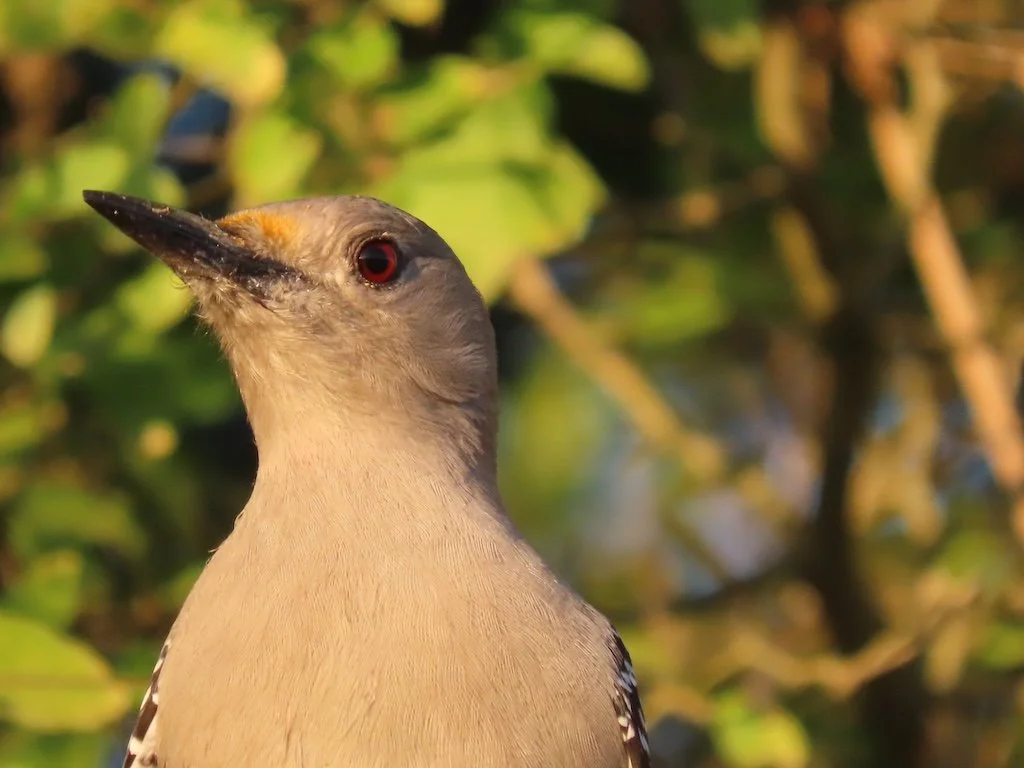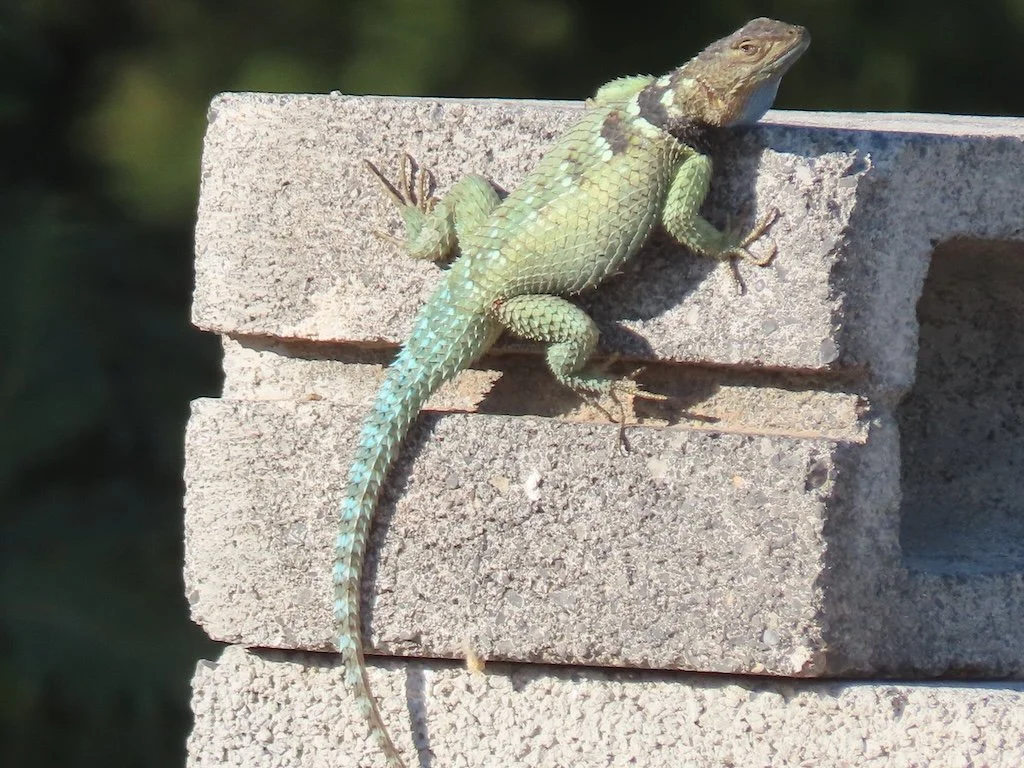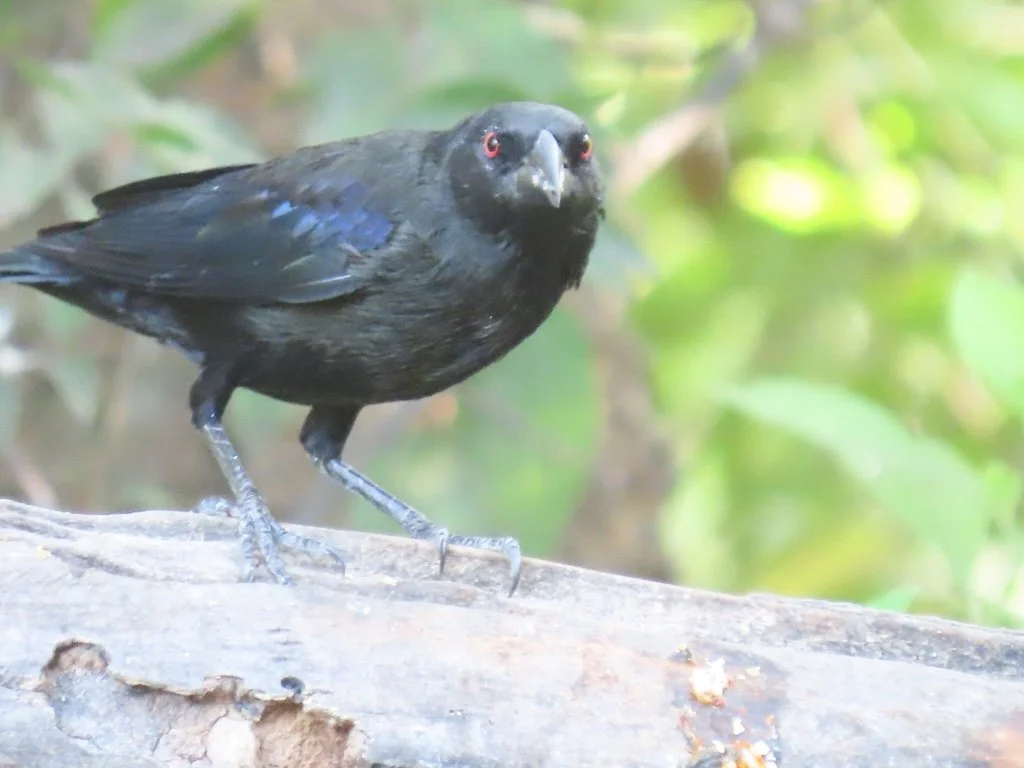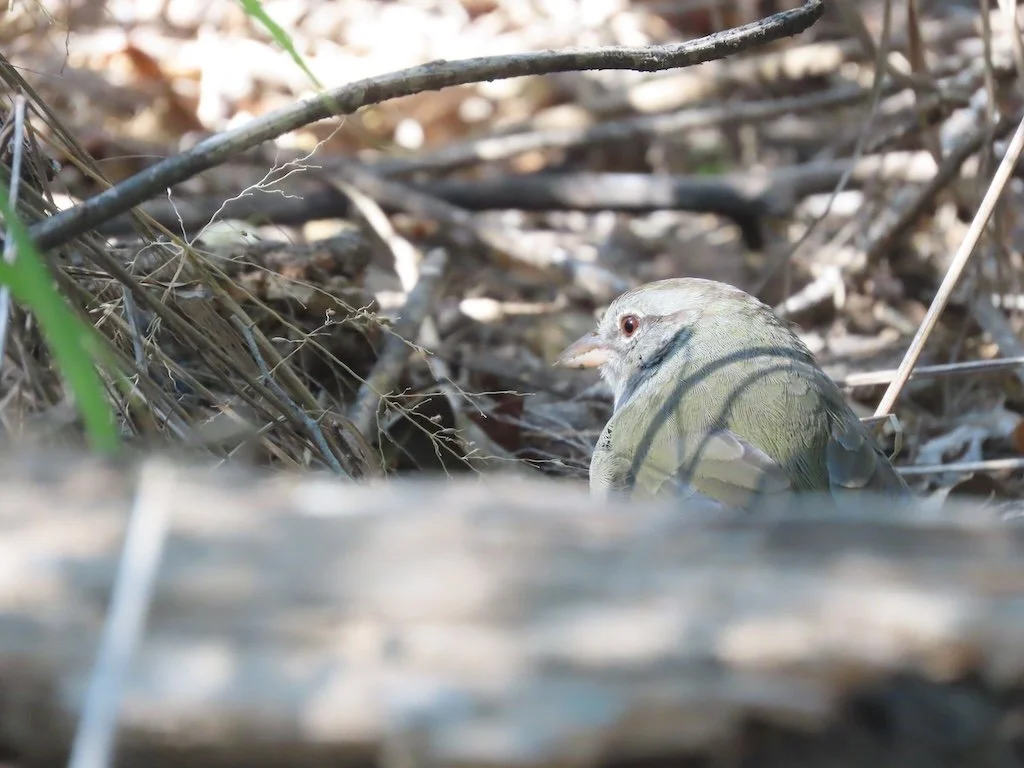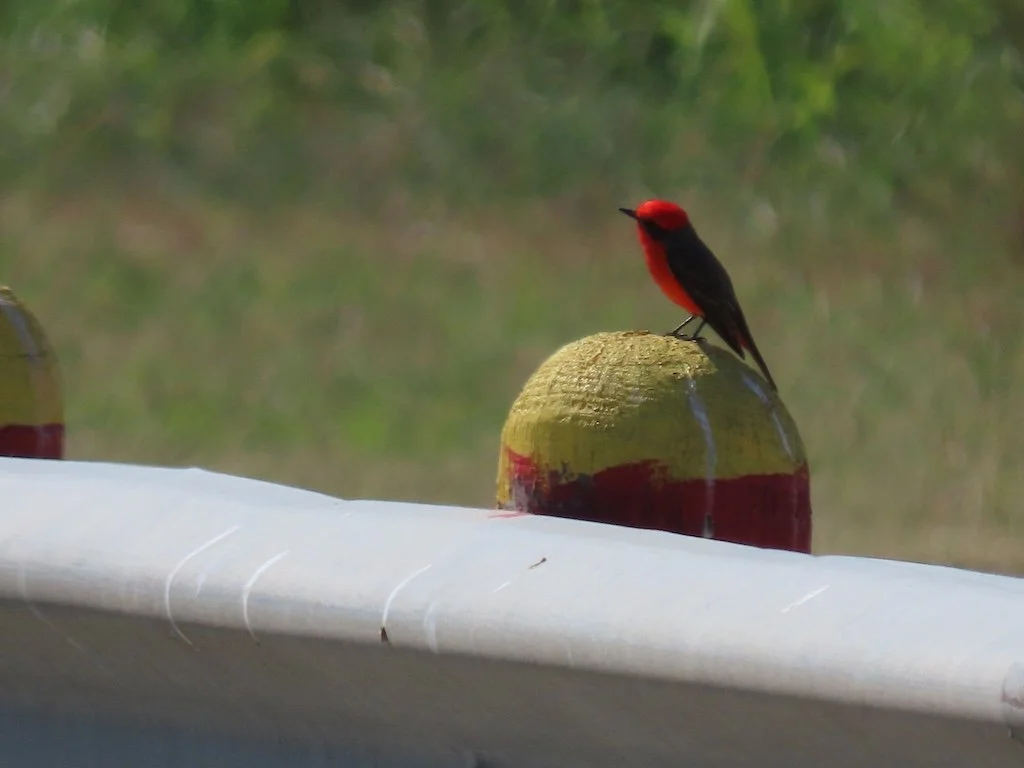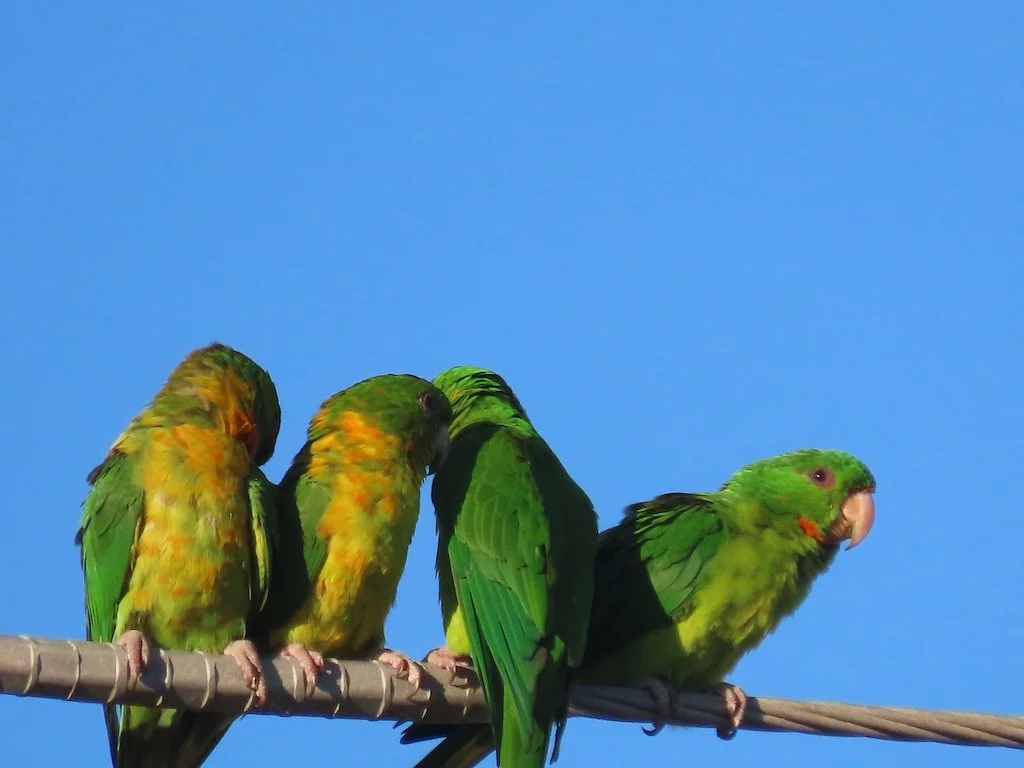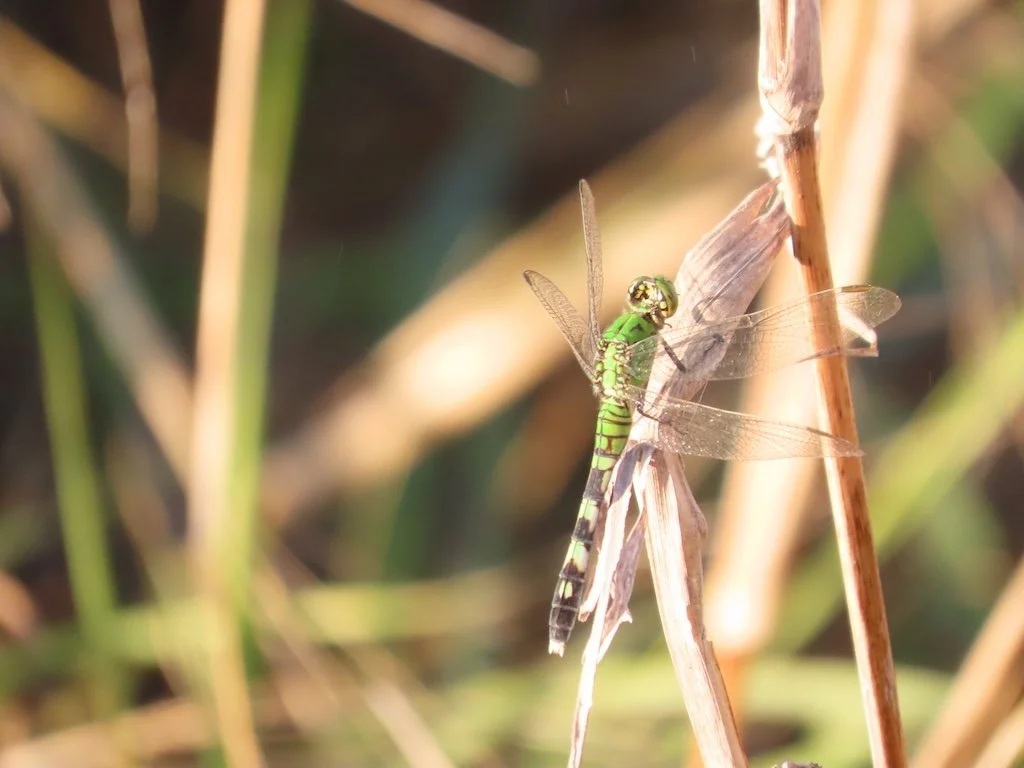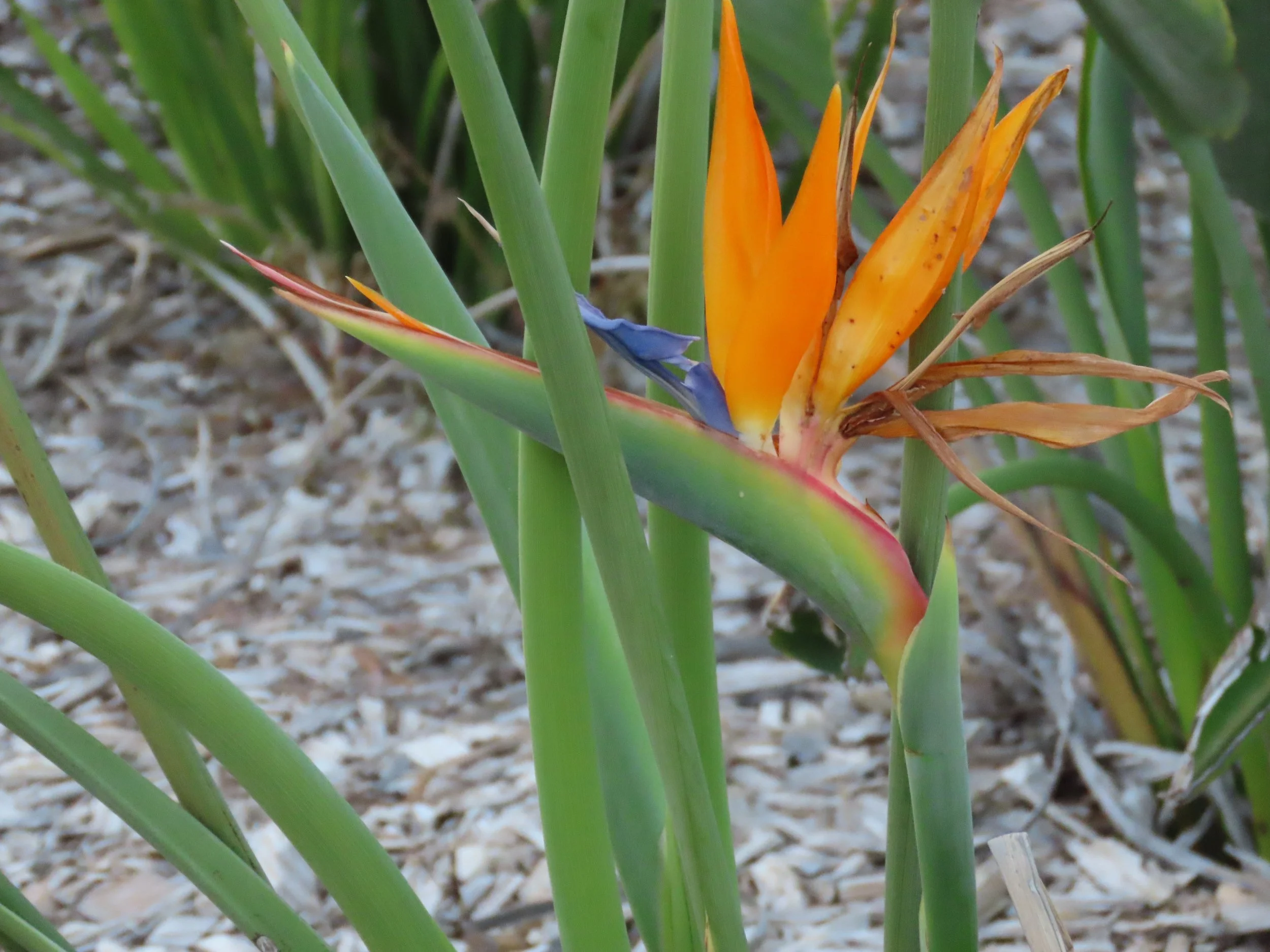Gleanings of the Week Ending October 5, 2019
/The items below were ‘the cream’ of the articles and websites I found this past week. Click on the light green text to look at the article.
BBC - Future - The desert soil that could save lives – Bioprospecting for antibiotics and industrial biocatalysts from bacteria that survive in extreme environments like the Atacama or Antarctica
Top 25 Wild Bird Photographs of the Week: Resident Birds – National Geographic Society Newsroom – ‘Resident’ around the world….beautiful birds.
Global warming may threaten availability of essential brain-building fatty acid -- ScienceDaily – Impacts of climate change go far beyond the climate models…many probably still to be discovered.
Recovery: Restoring the Floodplain Forest – Cool Green Science – I started reading the article since I am always interested in how restoration projects are created and evolve…but the aspect I’ll remember about it was the info about a tree: American Elms. Ones resistant to Dutch Elm Disease are among the trees being planted as part of the restoration. I grew up at a time when the elms were all dying. There were several I remember at my grandparents’ house in Oklahoma and a tree beside the playhouse at the house we moved to in Dallas in the early 1970s. It was already sickly. I wonder if there will soon be enough varieties and availability of elm trees for them to become landscaping trees again.
Interview: Self-Taught Myanmar Photographer Captures People Working – Capturing images of human-made place. Now I am wondering what I would photograph in my part of the world to do something equivalent.
Crying over plant-based milk: neither science nor history favors a dairy monopoly – An article about milk….and the argument about what the word means. The dairy industry wants it to mean milk from cows…but milk has been used more broadly to mean white liquid for a very long time. We even have plants with ‘milk’ in their name (i.e. milkweed)!
Pictures of India's UNESCO World Heritage sites – Rich cultural and natural history…reflected in places selected to protect.
'Report card' on diet trends: Low-quality carbs account for 42 percent of a day's calories: Older people, those with lower income, and those with less education face greater hurdles -- ScienceDaily – With results like this, maybe we should come up with better ways of helping people learn about nutrition. Do our schools help students learn about nutrition? How many adults have logged their food intake into an app and discovered how good (or poor) their food choices are? The current outreach strategies relative to nutrition are not enough. Sometimes even doctors seem to lack any expertise other than knowing that a patient is overweight/obese or their waist is too large.
Create Wildlife Habitat Around Your House – Cool Green Science – I already have a bird bath and feeder, milkweed patch, brush pile and some native trees (maple, sycamore, tulip poplar, oak). Even a spongy compost pile is habitat (this summer I had puddling tiger swallowtails on it)!
Komodo Dragons Have Skin That Looks Like Chain Mail | Smart News | Smithsonian – Four distinct morphologies of osteoderms in the skin of adult Komodo dragons. Another example of the wonderful complexity in the natural world.




































































